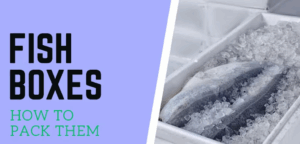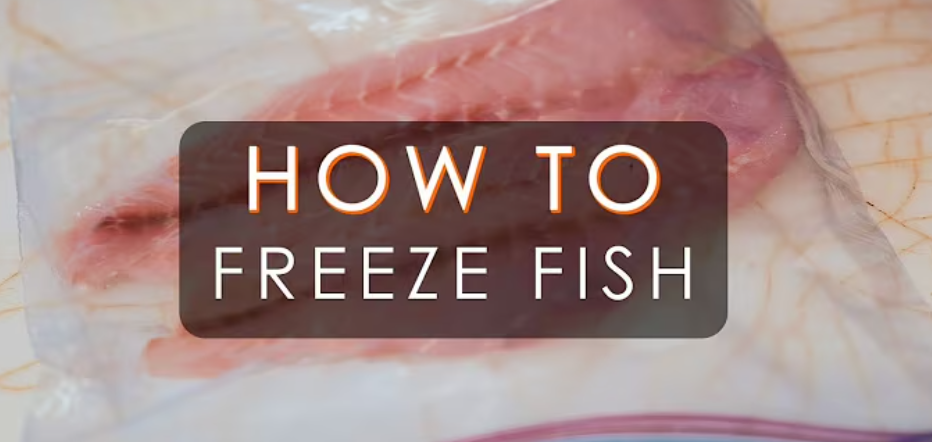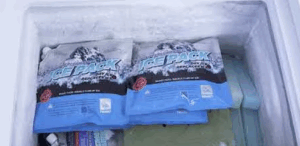After a successful fly-fishing trip, properly packing your fish for travel is essential to preserve its freshness, flavor, and texture. Whether you’re heading home by car or taking a cross-country flight, temperature control and careful handling make all the difference. The goal is to keep the fish as close to freshly caught as possible until it reaches your destination, and that begins with immediate cleaning, cooling, and proper packaging.
Initial Clean & Prep
 As soon as you finish fishing, clean your catch promptly. Remove scales, guts, and blood, then rinse the fish thoroughly in cold, clean water. This prevents bacterial growth and off-flavors that can develop if fish are left warm for too long. If you’re not ready to fillet right away, leave the fish whole but gutted and pack the cavity with ice to start lowering its core temperature. Once filleted, pat the meat dry with paper towels to remove excess moisture—this helps maintain the firm texture and prevents sogginess during storage and transport.
As soon as you finish fishing, clean your catch promptly. Remove scales, guts, and blood, then rinse the fish thoroughly in cold, clean water. This prevents bacterial growth and off-flavors that can develop if fish are left warm for too long. If you’re not ready to fillet right away, leave the fish whole but gutted and pack the cavity with ice to start lowering its core temperature. Once filleted, pat the meat dry with paper towels to remove excess moisture—this helps maintain the firm texture and prevents sogginess during storage and transport.
Pack For Desired Duration
When it’s time to pack, choose a sturdy, insulated cooler that can hold both your fish and your ice sources securely. Instead of traditional ice, which melts quickly and leaves a watery mess, use reusable gel or ice packs made for coolers. These high-performance packs stay frozen longer, don’t leak, and won’t saturate the fish. Place one or two large ice packs at the bottom of the cooler to create a cold foundation. Then lay down a barrier of parchment paper, a plastic liner, or even a thin towel to separate the fish from direct contact with the ice packs, preventing freeze damage.
Arrange your cleaned or filleted fish in sealed plastic freezer bags or vacuum-sealed pouches to lock out air and moisture. Stack them in flat layers, alternating with additional ice packs as needed to maintain consistent cooling throughout the cooler. The goal is to keep the temperature below 40°F from start to finish. Fill any empty spaces with more ice packs or soft insulation to limit air circulation, which helps retain cold air and reduces thawing.
Ice Packs For Long Haul Flights
 If you’re flying with your catch, verify your airline’s regulations ahead of time. Most airlines allow gel-based ice packs in both checked and carry-on luggage as long as they are fully frozen at the time of security screening. Avoid loose ice, as melted water can cause issues during inspection. For long trips or flights, use several large gel ice packs rather than smaller ones—they retain cold for extended periods and help stabilize the temperature inside your cooler. Make sure your cooler seals tightly and is labeled with your contact information and the contents (for example, “Frozen Fish – Perishable”).
If you’re flying with your catch, verify your airline’s regulations ahead of time. Most airlines allow gel-based ice packs in both checked and carry-on luggage as long as they are fully frozen at the time of security screening. Avoid loose ice, as melted water can cause issues during inspection. For long trips or flights, use several large gel ice packs rather than smaller ones—they retain cold for extended periods and help stabilize the temperature inside your cooler. Make sure your cooler seals tightly and is labeled with your contact information and the contents (for example, “Frozen Fish – Perishable”).
Once you reach your destination, move the fish into a refrigerator or freezer immediately. If properly cleaned, sealed, and chilled with quality ice packs, your fish will arrive as fresh as the moment you caught it. Careful preparation and the right cooling method protect both the quality of your catch and the satisfaction of enjoying it long after your fly-fishing adventure ends.